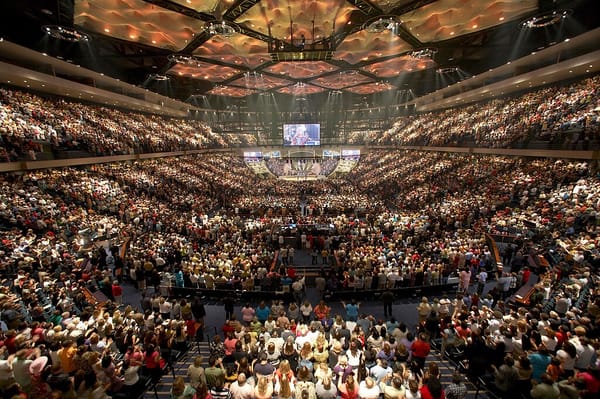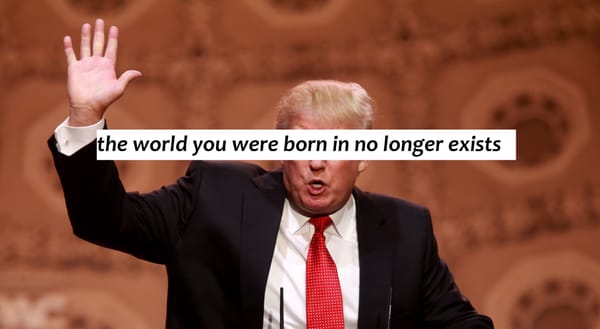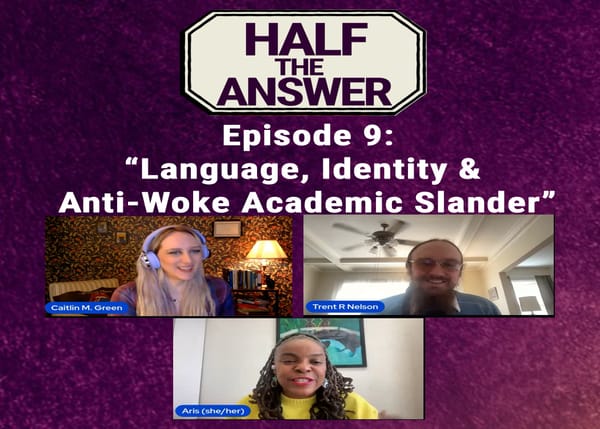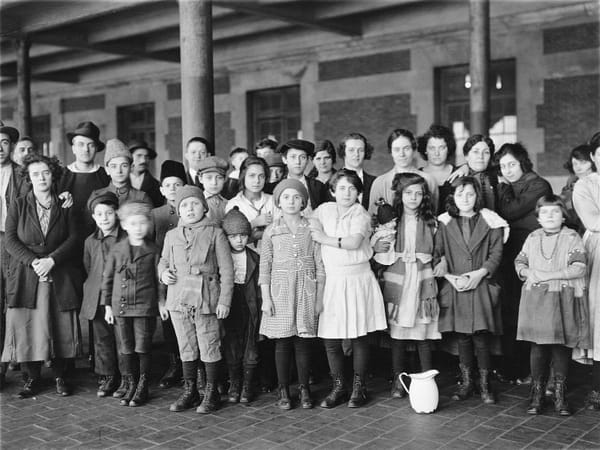The Ethics of Policing Protests

On June 3, officers in the New Orleans Police Department shot chemical irritants into a crowd attempting to cross the Crescent City Connection, a bridge spanning the Mississippi River. This came the day after the NOPD kneeled in solidarity with protesters blocking the I-10, peacefully clearing the highway. It is not entirely clear how to interpret the conflict. Video footage suggests the protest was peaceful, at least initially. Officers had formed a skirmish line on the bridge and invited a few protest leaders behind the line to negotiate. At least one leader claimed that the group would leave if the police put down their batons in a show of de-escalation—the crowd soon followed by chanting similar requests. That same leader remarked that if the crowd pushed forward, they would likely not be peaceful, though he insisted he was not making a threat. Another leader informed the crowd that if they pushed forward, the police would use force to prevent them from crossing the line. The crowd then prepared to be tear gassed and pushed forward with their hands up. The NOPD fired one canister of tear gas. They claimed it was a necessary response to “escalating confrontation with officers” and that some in the protest threatened to initiate force against officers. In the heat of the moment, one might reasonably interpret the protesters as making good on their threat. But given the way protesters advanced, one might reasonably interpret the situation as simply civil disobedience: peacefully refusing to obey the order not to cross the line.
Ultimately, the police took this refusal to be an escalation. Police responded by firing tear gas in return. Shortly after, another can and some projectiles were fired when protesters refused to disperse. To evaluate the confrontation, we need to clarify the dynamic involved and the conflict between legitimate interests.
The police perspective
Despite the frequency with which officers resort to force, there’s still a preference to use persuasion to achieve an outcome. Officers claim that one way to do this is to maintain control over space, and to issue commands that people must follow. As former officer Peter Moskos writes in his Cop in the Hood, “Police officers always assert their right to control public space.” Anytime police deal with misbehavior, it “will result in the suspect’s arrest, departure, or deference.” If the attempt to control space fails, the officer risks losing control of the situation. To prevent that, the officer might more forcefully issue a command, or perhaps offer a threat of arrest or force. The end goal is always compliance, even if an arrest or force is not the preferred path to that end.
This applies to crowd control tactics as well. Officers issue a minor command to protesters in order to control the space, and protesters either don’t comply or don’t comply quickly enough. In cases where demonstrations occur on highways, maintaining order involves controlling how that space is used (i.e. by cars or protesters). If their attempts to control the situation and secure deference still go unheeded, officers might resort to firing rubber bullets, chemical irritants, or the like.
Note that there’s a legitimate interest in keeping a public space orderly. There’s also a legitimate interest in ensuring officer safety. The police would be well within their rights to use force to clear people having a picnic off of a highway, and they are also within their rights to use defensive force if those picnickers turned aggressive.
The protester perspective
Demonstrations are often forms of civil disobedience. Civil disobedience attempts to engage the political process and draw attention to injustices when formal mechanisms of political change are failing. This happens by deliberately, though non-violently, breaking the law or ignoring police commands. It should be no surprise, then, that there’s a tendency to disregard police commands.
Also note that there’s a legitimate interest in the displays of civil disobedience we’ve seen erupt throughout the country. Major departments around the country lack minimally acceptable policies when it comes to use of force. Many departments still allow neck compression techniques to secure suspect compliance. And when these policies are enacted, police union leaders, like Lt. Bob Kroll in Minneapolis, fight against them. The normal political mechanisms for police reform are clearly insufficient—captured by special interests—and it is no surprise that people turn to civil disobedience to make their voices heard.
Predictable escalations
If this is right, we have a predictable dynamic, rooted in competing but legitimate interests, that results in the use of force. When police issue a command, or draw a line which protesters are prohibited from crossing, there is a good chance protesters will disobey, and in turn a good chance that police will escalate or return the use of force.
When conducting crowd control operations, police aim to control public space and to ensure that demonstrations don’t turn into violence. The problem is that, as we’ve seen, they’re often unable to achieve these goals. Given the dynamic discussed above, crowd control tactics can produce escalation altercations. In the worst cases, the demonstrations devolve into violence between people and the police. People are shot with rubber bullets, chemical irritants, tackled, battered with fists, clubs, or vehicles. Protesters sometimes fight back.
Proportionality and disobedient demonstrations
How do we balance these legitimate interests? The concept of “proportionality” used by moral and political philosophers, primarily in the context of “just war theory,” helps answer the question. Military ethicists, and almost everyone else, agrees that the use of force in war is morally constrained by the likely outcome of a military action. This requirement is codified in the Geneva Convention. Even if troops could destroy a building housing enemy combatants and achieve a decisive military victory, they may not do so if it would result in the deaths of many more innocent civilians. That use of force would not be proportional.
Though the police are not military, proportionality applies to police tactics as well. Police are not allowed to prevent a suspect from fleeing by shooting them. Police are increasingly prohibited from engaging in vehicle pursuits of suspects in light of the excessive risk posed to bystanders. Similarly, common crowd control tactics are not proportional.
Consider the NOPD incident described above. On one interpretation, officers enforced their legitimate interest in controlling public space by refusing to let protesters any further. The protesters escalated the situation by attempting to cross the police line. On another interpretation, the officers established a line merely to assert control of public space, though in a way that doesn’t clearly serve a more direct goal. What did the NOPD prevent by refusing to allow demonstrators to cross the bridge? This predictably resulted in disobedience from a group already engaging in civil disobedience. Asking whether the officers were justified in shooting tear gas is the wrong question. Rather, we should ask whether they were justified in attempting to assert control over the situation in the way they did, given that it had a high risk of resulting in a need to use additional force.
These interactions, which predictably result in violence, have the additional cost of making people unable to engage in the only available political action to address the deficiencies they see in American policing. Of course, the problem is exacerbated by the fact the protesters’ goal is police reform. They are prevented from achieving this by the very agency that they are aiming to reform. Orders to disperse, when likely to be ineffective, violate the rights of protesters, produce greater harms than benefits, and thus are largely unjustified. This follows even if we grant that there is a legitimate police interest in dispersing a crowd or otherwise controlling public space.
So what ought police to do? This is a difficult question because the morally relevant details vary with each situation. But reflecting on the dynamic that generates use of force suggests a strong presumption in favor of simply letting demonstrations play out. True, public space will sometimes be disorderly. Motorists will be unable to use the highway for a period of time. Stores may be broken into. But political action is aimed, in some ways, at choosing our problems. The military must choose a riskier mission that might end in greater harm to themselves over death to innocent civilians. The criminal justice system must choose to sometimes let guilty people go free over punishing the innocent. Sometimes, the police must choose to let public space be disordered and fail to protect certain property rights—even though these are genuine problems—over contributing to violence and undermining the political participation of those engaging in civil disobedience. It is legitimately in the public interest for police officers to maintain order, but standard police practices can be poor tools for achieving that goal.
Given the current dynamic, certain police commands themselves amount to escalation. Establishing an arbitrary line, or issuing an arbitrary command, sets the police and protesters on a crash course for conflict. From this perspective, police use of force can be rightly seen as excessive. One way to de-escalate a situation is to avoid setting up points of conflict in the first place—attempts to maintain order that almost always end in conflict are flatly self-defeating. They are an attempt to satisfy a legitimate interest, but they tend to fail to do so, and they come at significant moral cost.
Featured image is Police State, by katesheets




